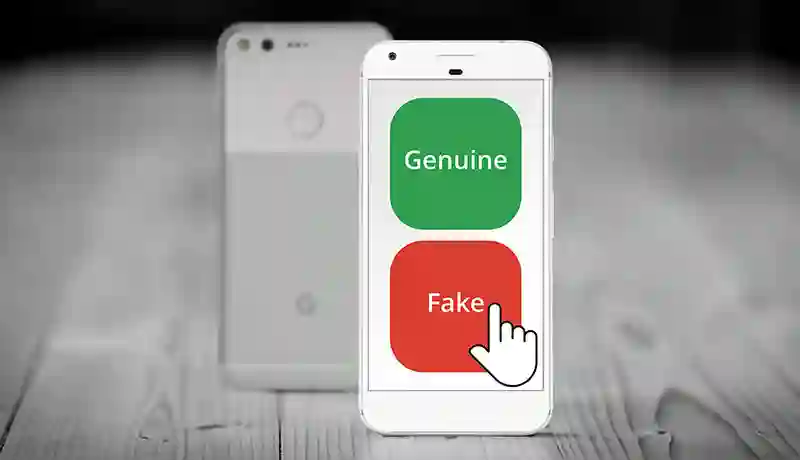As eCommerce fraud becomes more common, brands have to fight to protect their customers. Fake shopping websites thrive during holidays and super-shopping sales events, targeting deal-hungry consumers with offers that are too good to be true.
These websites mimic major e-commerce stores and can steal personal information, passwords, or even download malware on your device. Here’s how to spot them.
Look for Copycat URLs
During the holidays and other major shopping sales events, scammers create fake online shopping websites that look exactly like the real thing. They take advantage of deal-hungry shoppers who are willing to set their suspicions aside for a great bargain. These sites often steal customers’ sensitive information or force them to download malware.
Spotting a fake shopping website is fairly easy. One obvious clue is if the site doesn’t have an “About Us” page or contact details. Legitimate e-commerce websites also include pages explaining shipping and return policies. If the website lacks these important pages, it’s likely a scam.
Check for HTTPS
Using a URL starting with HTTP is insecure and leaves your personal details vulnerable to attackers. Genuine websites always use an HTTPS prefix to encrypt the information you send.
Scammers create fake shopping sites to steal your financial information or sell low-quality knock-off products. They do this by creating a domain that looks similar to the original one and adding words or letters to it.
Checking a website’s social media accounts can help you spot a fake site. Genuine shopping websites will have dedicated social media accounts that post deals and updates regularly.
Check for Low-Quality Images
As major online shopping holidays approach and shoppers get excited about all the great deals to be found, scammers are busy creating fake e-commerce websites designed to steal money, passwords, and personal information. These sites often look like a real, trustworthy store and are created to look identical to the major shopping websites is https://islegitorscam.com that you trust.
One of the easiest ways to tell if a site is fake is by looking at the quality of the images. Pixelated or low-quality images are a clear warning sign that you’re dealing with a fraudster.
Check for Shipping and Return Policies
When shopping online, it is essential to check for the shipping and return policies of the website you are buying from. Genuine websites prioritize their customers and make returns easy. If you see a website with vague or no shipping and return policy, it is a red flag.
Fake online shopping websites are created to scam unsuspecting buyers and steal their money. They lure victims with huge discounts on popular products and ask them to enter sensitive information like passwords, financial details or logins for email or social media accounts.
Check for Bad Grammar and Spelling Mistakes
A website filled with obvious spelling and grammar mistakes is a giveaway that it is fraudulent. Legitimate online stores have writers and editors who prevent these types of errors.
The Screaming Frog SEO Spider tool includes an advanced spell and grammar checker that is able to find spelling errors at scale across websites. It also provides detailed information for each error including the error type, detail and suggestion for correction. You can filter the results by page section via the ‘Spelling & Grammar Errors Summary’ window to only view specific types of errors.
Check for Untraceable Payment Options
Fake websites often offer illegitimate payment options like gift cards, cryptocurrencies, or even cash on delivery. Scammers use these untraceable payments to steal customers’ credit card information, make purchases they never receive, or even extort money to unlock files infected by malware.
If you find a website that looks suspicious, try checking its authenticity by using a free website checker tool. This can tell you if the site is secure, whether it has a company address and contact details, and its Organization Validation certificate level. You can also call your bank to report unauthorized transactions. They may help you freeze your accounts and reclaim any funds that were fraudulently charged to them.
Check for Contact Details
Scammers often create fake shopping websites that look just like major e-commerce stores. They rely on deal-hungry customers to fall into their trap and make purchases while entering personal details such as credit card information or passwords.
Whether it’s a website that looks low-quality or pixelated, or one that doesn’t include any “About Us” page or contact information, such sites are likely fake. Bad grammar and spelling mistakes are another warning sign, as genuine shopping websites never contain them. If you find any of these, it’s time to close the window!



